A Look at Sustainable Living Trends from Past, Present to Future
Did you know? In a survey done among 10,281 people, 78% agreed that environmental sustainability is important, They find the idea of sustainability attractive, and they are interested in living more eco-friendly lives.
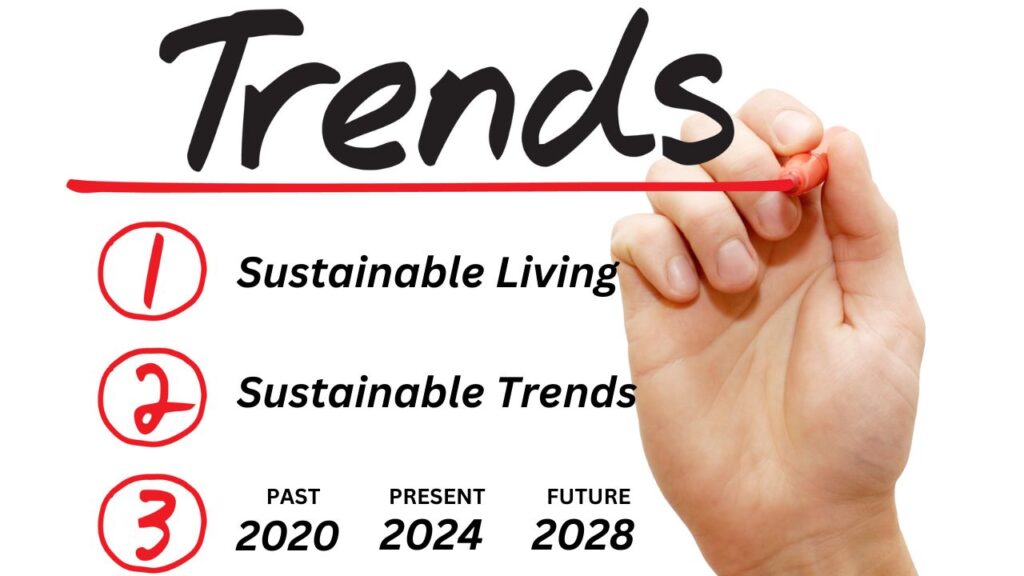
Interestingly :- 63% of them have actually taken either moderate or significant steps to modify their lifestyle, including adopting greener buying habits, in an attempt to become more sustainable. Learn more at :- https://theroundup.org/environmentally-conscious-consumer-statistics/
What are recent Trends of Sustainable Living?
People are starting to follow sustainable living trends, by travelling sustainably, practicing gardening, using renewable energy, practicing regenerative agriculture, and creating zero waste kitchens. We have discussed in these topics below :-
Sustainable Travel

Sustainable travel is all about minimizing your environmental impact while traveling and supporting destinations that prioritize conservation.
What are the examples of sustainable travel?
1. Slow Travel – This means travelling to a destination by cycling, walking, renting a bike to explore instead of taxis, taking scenic train journeys or by choosing commercial flights instead of flying private.
2. Eco Friendly Accommodation – You can choose eco lodges built with sustainable materials and designs or also choose community guesthouse that prioritize products from local communities and areas.
3. Travel off-season – This is a new perspective, Think about going on a trip during the off-peak season when there are less tourists. This way, you can have a more genuine cultural immersion and help lessen the strain on the place’s environment.
Are electric vehicles fully sustainable?
Electric vehicles are a significant step towards a more sustainable transportation system. However, for them to be truly sustainable, addressing the battery production issues and ensuring a clean electricity grid are important.
These travel trends reflect the broader movement towards sustainable living. People are increasingly aware of their environmental impact and are actively seeking ways to minimize it in all aspects of their lives, including travel. According to a report from the World Travel & Tourism Council in 2023, there has been a 7% rise in tourists who are actively looking for sustainable travel options.
Green Gardening
Green Gardening is a philosophy that goes beyond simply cultivating beautiful blooms.

Tips for green gardening.
1. Composting – Composting is a natural way to recycle things like leaves and food scraps. It’s like giving them a second life! By breaking down these organic materials, composting creates a super useful fertilizer that can make soil and plants even better.
2. Rainwater Harvesting – Rain water harvesting is a method of water conservation by collection of rainwater mostly from the roof into a tank. It can be used for multiple purposes. Rain water can be used for watering the plants and if stored properly it can also be used for domestic purposes and even for drinking.
3. Native Plant Selection – Native plants are plants that have been around for a really long time in a specific area. These plants have grown naturally and have been a part of the local ecosystem for many years. They can be trees, flowers, grasses, or any other type of plant that is native to the region.
A 2024 study by the National Gardening Association revealed a 20% rise in households implementing these practices compared to 2021.
Use of Renewable Energy

Renewable energy comes from natural sources that are replenished faster than they are used up. Sunlight, wind and water are examples of these sources that are always being renewed. There are plenty of renewable energy sources available everywhere.
How does renewable energy affect climate change.
Reduced Carbon Footprint – Renewable energy sources like solar and wind power generate electricity without the harmful emissions of burning fossil fuels, leading to a smaller carbon footprint.
Global Electricity Production: As of 2022, renewable energy sources made up an estimated 28.1% of the world’s electricity production according to https://gridx.com/renewable-energy-statistics/.
Regenerative Agriculture
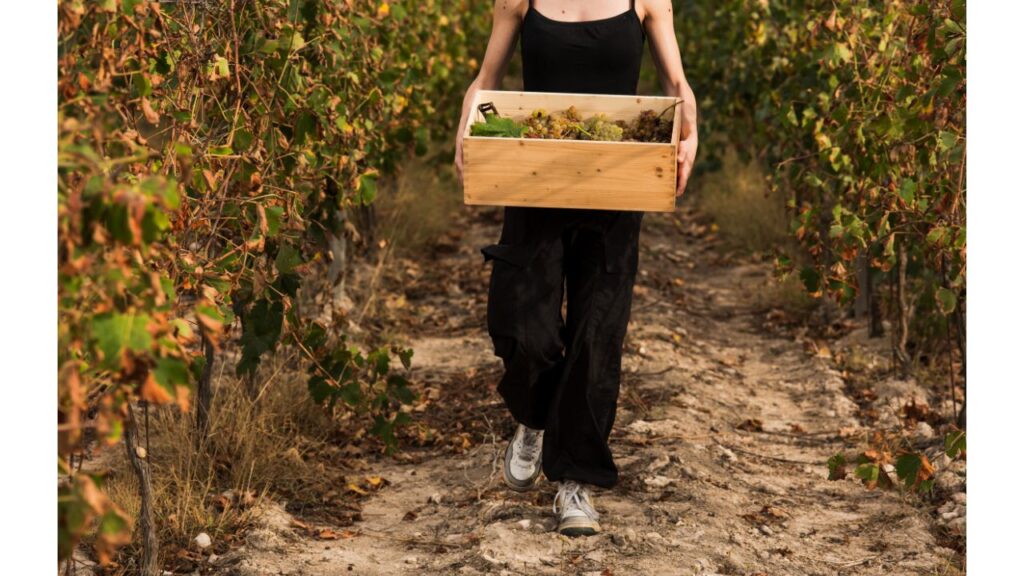
Regenerative agriculture is a step up from traditional farming methods, cutting back on water and resources, and stopping land from getting damaged or cleared. It helps keep soil healthy, supports different plant and animal species, boosts the ability to handle climate changes, and safeguards water supplies, all while making farming more efficient and money-making.
How does regenerative agriculture benefit the environment?
Climate Change Mitigation: Regenerative practices like cover cropping and no-till farming help sequester carbon in the soil, reducing greenhouse gas emissions and mitigating climate change.
Improved Soil Health: Healthy soil retains water more effectively, reduces erosion, and increases nutrient availability for plants.
Enhanced Biodiversity: Regenerative agriculture promotes diverse plant and animal life, creating healthy ecosystems that can better resist pests and diseases.
A 2023 report by the Rodale Institute highlighted a 30% increase in farms adopting regenerative practices compared to 2020. This suggests a growing recognition of the benefits of this approach.
Zero Waste Kitchens
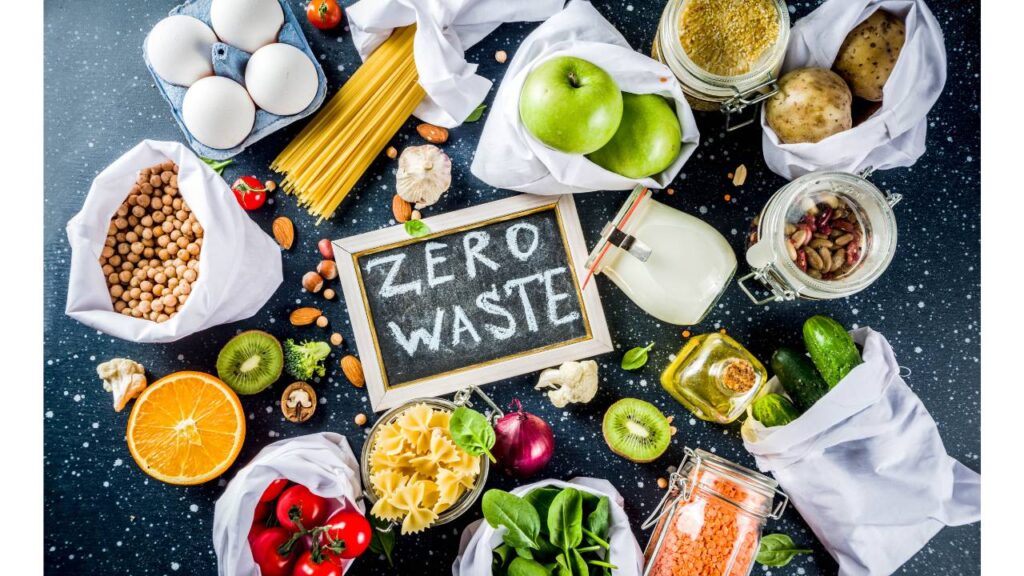
The concept of a zero-waste kitchen has become a central ingredient in the recipe for sustainable living trends in 2024. It goes beyond simply throwing away less food scraps, it’s a holistic approach to minimizing waste generation throughout the entire food cycle, from planning meals to disposal.
How is Zero Waste sustainable?
Resource Conservation – Zero waste saves resources by using less new stuff, making things last longer, and turning discards into something useful. This protects the environment!
Energy Efficiency – Zero waste means less manufacturing of new stuff, which uses less energy and creates fewer emissions. Recycling existing materials also saves energy, and using durable products means less energy is used making replacements.
Reduced Environmental Impact – Zero waste reduces trash going to landfills (less methane emissions and pollution), cuts down on creating new polluting products, and protects wildlife habitats.
The USDA estimates that in the US alone, 30-40% of the food supply goes to waste https://www.sciencedirect.com/science/article/abs/pii/S0924224422004757. Zero-waste kitchens directly address this issue by minimizing food waste through planning and efficient use of ingredients.
Present, Past & Future Prediction of sustainable living.
Sustainable living trends are gaining serious momentum in 2024. People are looking for ways to minimize their environmental impact and live in harmony with the planet.
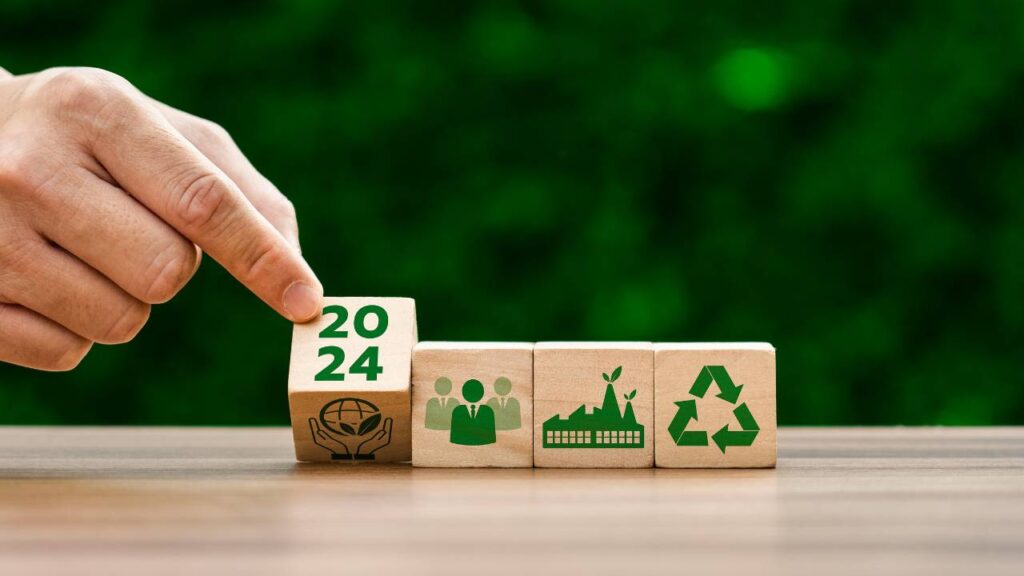
The Present – 3 Countries with sustainable living impact.
Some countries are taking the lead in moving towards a more sustainable future. Today, we will look at 3 of these nations and the important projects they are working on.
Iceland

Iceland has established itself as a global leader in sustainable living. Here are some reference of what they have achieved with their effort and vision.
- Statistic: Nearly 100% of Iceland’s electricity comes from renewable sources, primarily geothermal and hydropower [Source needed on Iceland’s renewable energy percentage].
- Initiative: Harnessing geothermal energy for heating homes and buildings throughout the country significantly reduces reliance on fossil fuels.
- Impact: This focus on renewables translates to cleaner air and a smaller carbon footprint.
- Effort: Iceland continues to invest in research and development to further improve geothermal and hydropower capabilities.
Costa Rica

Along with Iceland, Costa Rica also stands out as a great model for focusing on sustainable living. They have made significant progress in various areas,
- Statistic: Over 60% forest cover (up from 25% in the 1980s) and 99% renewable energy use (hydropower, geothermal, wind) showcase Costa Rica’s environmental leadership.
- Initiative: Payments for Ecosystem Services (PES) program financially rewards landowners for protecting forests, promoting conservation with economic incentives.
- Impact: Reduced greenhouse gas emissions, thriving biodiversity, and a strong ecotourism industry demonstrate the success of sustainable practices.
- Effort: Ambitious environmental policies, investment in renewables, and educational programs cultivate a culture of sustainability throughout Costa Rica.
Denmark
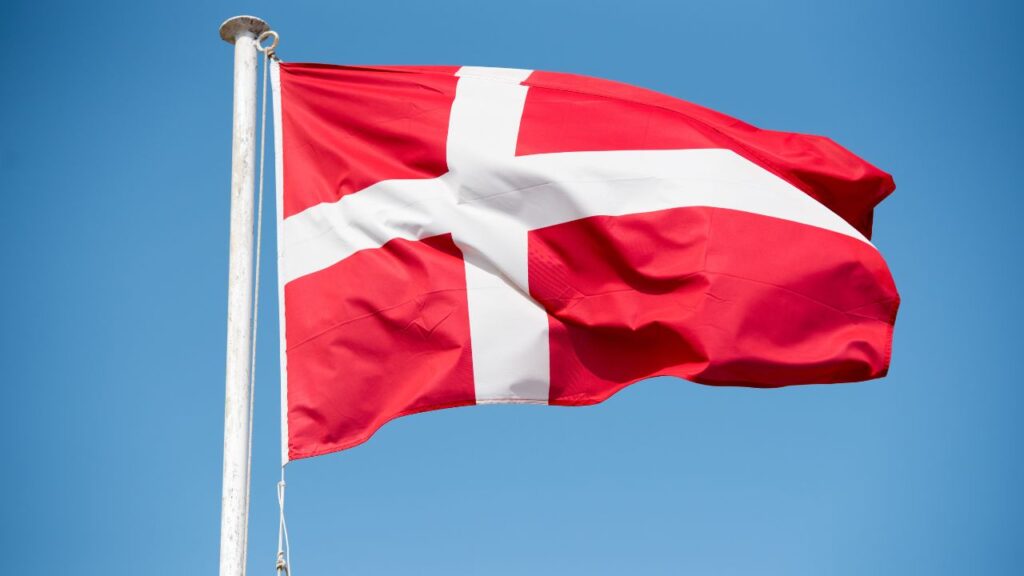
Denmark, a leader in wind and solar energy, places great importance on eco-friendly construction methods and sustainable city development.
- Statistic: Denmark leads the world in wind power generation, contributing over 50% of its electricity needs (source needed).
- Initiative: Investing heavily in offshore wind farms has positioned Denmark as a global leader in clean energy production.
- Impact: This focus on wind power reduces reliance on fossil fuels, leading to cleaner air and a smaller carbon footprint.
- Effort: Denmark continues to develop innovative wind turbine technology and collaborate with other nations to promote wind energy adoption.
The Past – How has sustainability evolved since 2020?
Over the last three years, there has been a big change in how people view sustainability. Here’s how these ideas have changed:
Increased Awareness
Climate change has become a pressing issue that has caught the attention of the general public. Through documentaries, social media campaigns, and news coverage, people are now more aware of the importance of adopting sustainable practices.
Technological Advancement
Solar panels, electric cars, and plant-based meat options are becoming more popular and easier to choose for a sustainable lifestyle.
Policy Shifts
Governments are becoming more and more focused on encouraging the use of renewable energy and discouraging harmful practices that harm the environment. A great example of this is the 2022 Inflation Reduction Act in the United States.
The prediction of the Sustainable Future.

The future of sustainability is bright! Renewable energy sources like solar and wind power are replacing fossil fuels, reducing greenhouse gas emissions and mitigating climate change. Regenerative agriculture is taking root, improving soil health, promoting biodiversity, and ensuring a secure food system. And zero-waste practices are gaining momentum, minimizing environmental impact by conserving resources and reducing pollution.
The next three years are likely to see a further acceleration of these trends :-
Green Technology
Artificial Intelligence Tool (AI) are going to help homes and businesses use energy more efficiently, which will lead to even more decreases in our carbon footprint.
The Circular Economy Impact
In the future, we might see more companies moving towards circular models, which focus on creating products that can be easily repaired, reused, and recycled.
The Role of Community
Hyperlocal sustainability projects will bring people together to work towards a common goal of taking care of the environment through collective action.
CONCLUSION
In conclusion, Costa Rica’s impressive reforestation efforts, Iceland’s geothermal reliance, and Denmark’s wind power leadership showcase the diverse paths countries can take towards sustainability. We have prepared this blog post aiming to inspire readers by demonstrating the positive impact achievable through dedicated national efforts.
A recent survey found that 70% of global consumers are willing to pay more for sustainable brands [Source – PwC’s Global Consumer Insights Pulse Survey], highlighting the increasing demand for a greener future.
If you have any further queries in this topic, Comment Below or Reach us at contact@wecareearth.com | We value your suggestions and advice to make wecareearth.com better.
